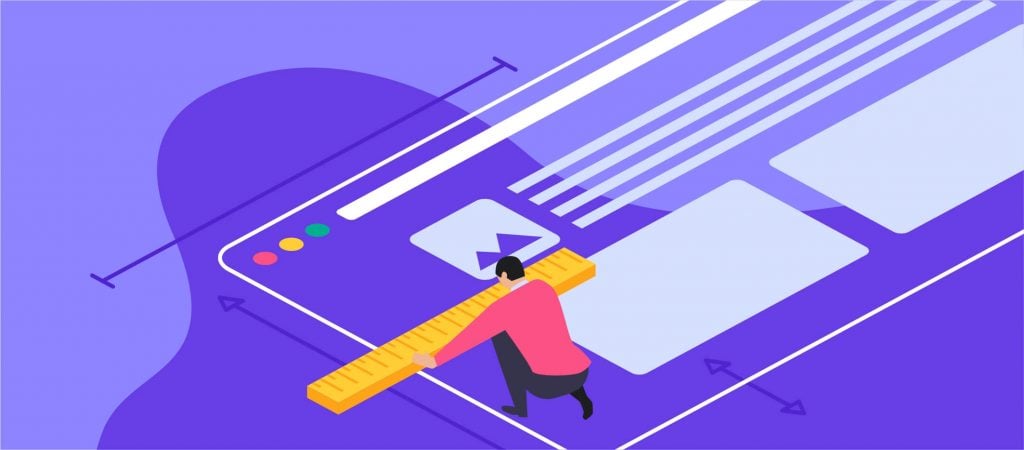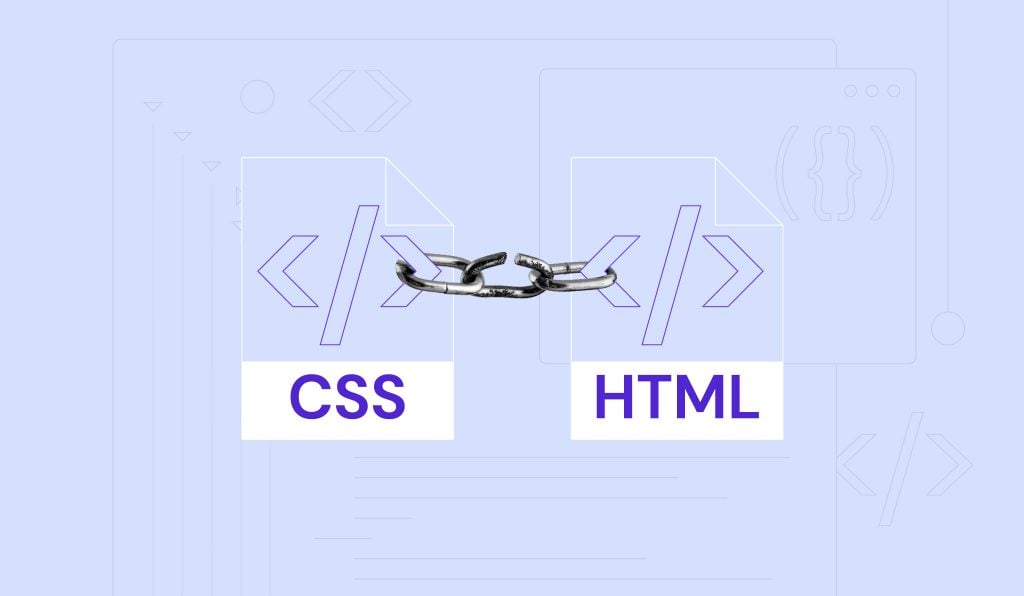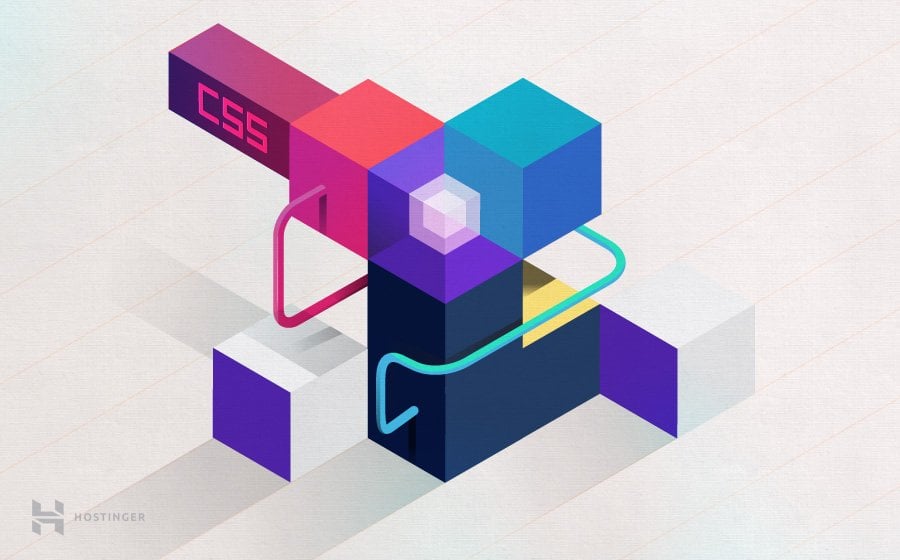CSS
How to Use CSS Breakpoints for Responsive Design, Most Common Media Breakpoints + Tips
CSS breakpoints are values that determine how a website looks on different screen sizes. When visitors’ devices reach their breakpoints, the website...
Padding vs Margin in CSS: Key Differences + Tips
When editing a website using CSS, the most used properties for spacing out elements on a page are the padding and margin. For beginners, these terms...
How to Link CSS to HTML Files in Web Development
In web development, linking CSS to HTML files is a crucial step in defining the visual presentation of web pages. There are three ways to link CSS to...
Types of CSS: Inline, External and Internal Definitions and Differences Explained
CSS defines the front-end appearance of your website. There are several types of CSS, among them are inline and external CSS. In short, the main...
What Is CSS and How Does It Work?
CSS was developed by W3C (World Wide Web Consortium) in 1996 for a rather simple reason. HTML element was not designed to have tags that would help...
CSS Cheat Sheet – The Complete PDF for Beginners and Professionals
CSS is a website design language that you can use to add background, colors, and even transitions or other interactive elements. It will also assist...
What Is a CSS Class and How to Use It to Style HTML Elements
A cascading style sheet (CSS) class is a selector that lets you define the same styling for multiple hypertext markup language (HTML) elements...





